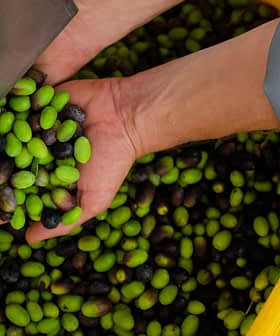
In the interests of “clarity and rationality,” the European Union has published an updated version of its regulation on marketing standards for olive oil.
EU No 29/2012, dated 13 January 2012, codifies the substantial amendments that have taken place since regulation 1019 on olive oil marketing standards was introduced in 2002.
It’s understood that the regulation — largely devoted to labeling requirements designed to protect and inform consumers — goes no further than providing a clean copy of the rules as amended and introduces no new provisions.
Geographical indications
New claims of mislabeling involving ‘Made in Italy’ olive oil have recently put the issue of origins back in the spotlight. Coldiretti, one of Italy’s main agricultural organizations, says it found in a survey that four in five bottles of extra virgin olive oil on sale in Italy contain mixtures of oils from other countries but consumers often need a magnifying glass to read this on the label.
The EU regulation makes clear that in the case of blends of extra virgin or virgin olive oils originating from more than one EU member state or non-EU country, the label should describe the designation of origin using one of the following mentions, as appropriate:
(i) ‘blend of olive oils of European Union origin’ or a reference to the Union;
(ii) ‘blend of olive oils not of European Union origin’ or a reference to origin outside the Union;
(iii) ‘blend of olive oils of European Union origin and not of European Union origin’ or a reference to origin within the Union and outside the Union.
In the case of virgin or extra virgin olive oil extracted in a mill located in an EU member state or non-EU country other than that where the olives were harvested, the designation of origin must contain the following words: “(extra) virgin olive oil obtained in (the Union or the name of the Member State concerned) from olives harvested in (the Union or the name of the Member State or third country concerned)”.
Pomace and other olive oil categories
In the case of olive-pomace oil, the regulation requires labels to bear, in clear and indelible letters, the following category information: ‘oil comprising exclusively oils obtained by treating the product obtained after the extraction of olive oil and oils obtained directly from olives’, or ‘oil comprising exclusively oils obtained by processing olive pomace and oils obtained directly from olives’.
In the case of olive oil the label must say: ‘oil comprising exclusively olive oils that have undergone refining and oils obtained directly from olives’.
For virgin olive oil it’s: ‘olive oil obtained directly from olives and solely by mechanical means’.
And in the case of extra virgin olive oil: ‘superior category olive oil obtained directly from olives and solely by mechanical means’.








